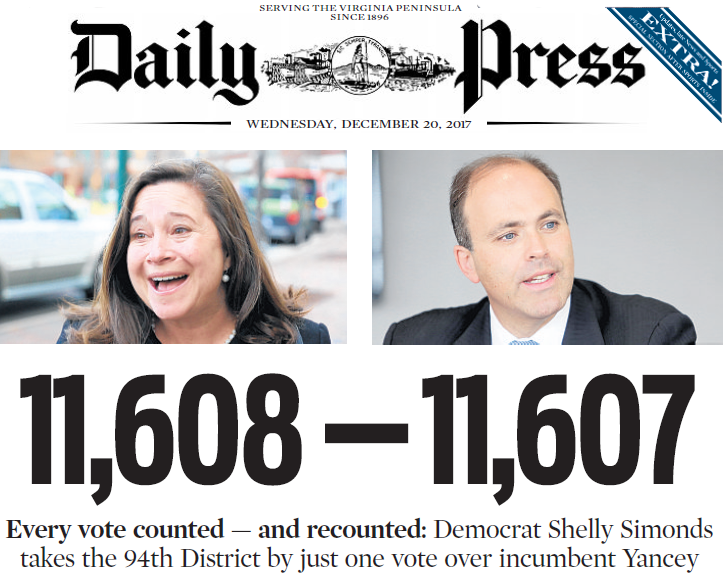
one day after a recount flipped the results of the November 2017 race in the 94th District, a three-judge panel reconsidered one vote - and each candidate ended up with 11,608 votes
Source: Daily Press (December 20, 2017)

one day after a recount flipped the results of the November 2017 race in the 94th District, a three-judge panel reconsidered one vote - and each candidate ended up with 11,608 votes
Source: Daily Press (December 20, 2017)
One vote can make a difference. In 2017, the race for the House of Delegates seat in the 94th District ended up as a tie. The initial vote counts gave the Republican incumbent, David Yancey, a 10-vote victory. The recount a month later ended with Democratic challenger Shelly Simonds winning, with a margin of just one vote. Then a three-judge panel changed that result.
News coverage during the recount process repeated the old adage "every vote counts." If the recount had been upheld and the Democratic challenger had won, then the House of Delegates would have ended up with 50 Democrats and 50 Republicans.
The winner of the race in the 94th District, and control of half of the General Assembly, came down to one contested ballot.
The tabulating machines had recorded only the ballots where the bubble had been filled in. About 200 of the 33,000 ballots could not be read automatically by the machines. Election officials had to decide in the recount process how, or if, to count each of those ballots.
Most of the votes added in the recount involved ballots where the voter filled in the "D" to the right of the Democratic candidate's name, instead of the bubble on the left of the name. Both candidates gained votes in the recount, but the Democratic candidate gained 11 more than the Republican candidate. Since the original tally had placed the Republican candidate ahead by 10 votes, the effect of counting those ballots was to flip the race. The Democratic candidate became the winner and the change in the results was announced publicly.1
The evening after the recount was completed, an election official had second thoughts about one particular ballot from the Warwick precinct. On that ballot, bubbles for candidates David Yancey and Shelly Simonds had been filled in, though the Simonds bubble also had a line drawn through it. After a quick discussion during the recount, neither candidate was awarded the vote since
The recount official reconsidered his actions after going home. He was a junior high school civics teacher in Newport News, and during the election had served as precinct chief at Saunders Elementary School. He remembered his training - if the two poll workers disagreed during the recount, the Recount Court judges were supposed to review the ballot and decide how to count it.
He talked to lawyers for the Republican candidate, and decided the ballot should be counted. A voter had drawn a line through the name of the Democrat, and all other bubbles were clearly filled in for Republicans.
That evening, after the recount had been officially concluded, the recount official and the lawyers decided the ballot should be counted for the Republican incumbent.
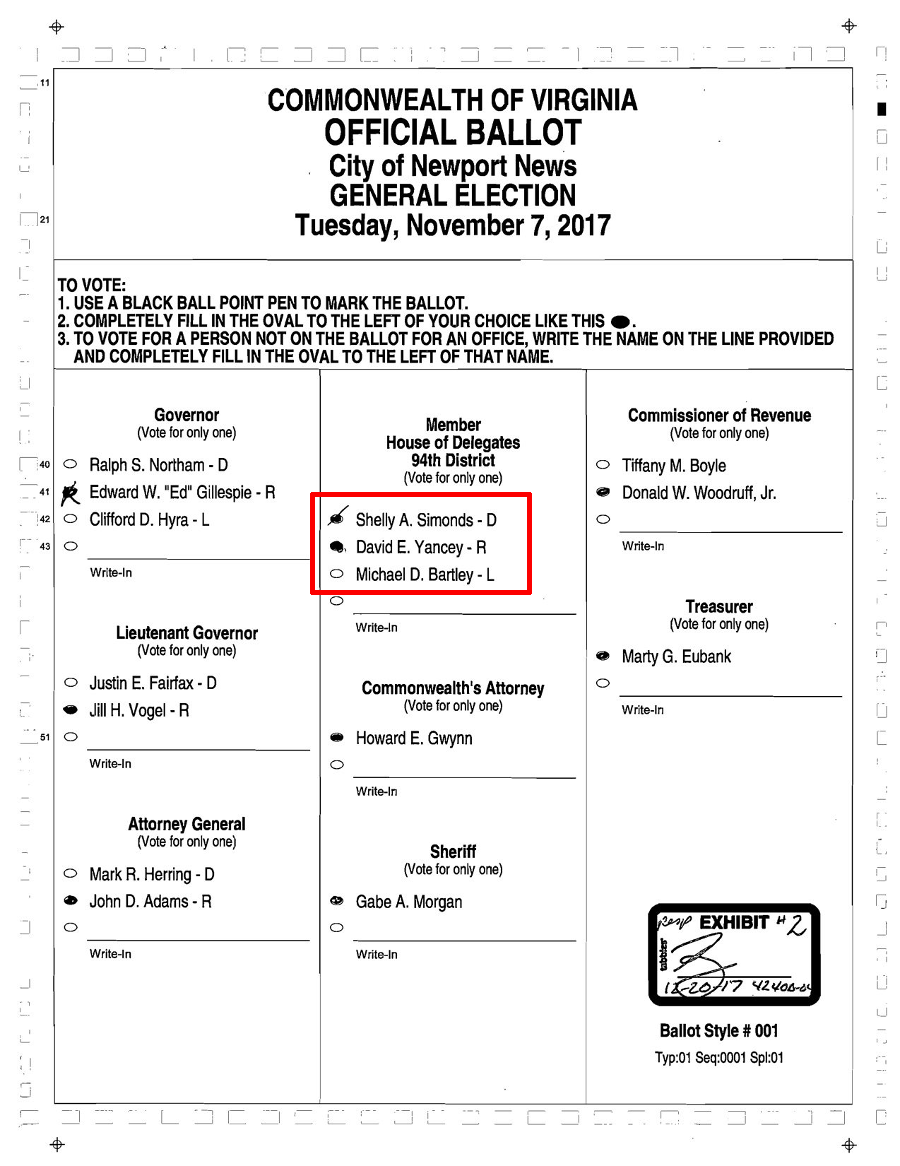
the ballot that flipped an election back to "tied" in 2017 had a mark through the Simonds oval suggesting an intention to vote for David Yancey
Source: Virginia Public Access Project, Added Ballot and State Guidelines to Determine Voter Intent
They took that argument to the three-judge Recount Court who were ultimately responsible for finally certifying the election for the House of Delegates race. The judges examined that particular ballot and made their independent decisions. They decided unanimously that the ballot should be counted for the Republican incumbent, rather than not counted.
Lawyers for the Democratic candidate had not come prepared to contest any of the other ballots tabulated in the recount the day before. As a result of adding one more vote for the Republican incumbent, each candidate ended up with 11,608 votes. The Democratic candidate later called the challenge a "stunt" and commented in frustration:2
The ruling of the three-judge court that "there is no winner in this election" sent the tied election results to the State Board of Elections. State law calls for it to decide such a race for state office "by lot." Local races are decided similarly, by local electoral boards.3

the 2017 election in the 94th District for the House of Delegates finished in an 11,608-11,608 tie vote
Source: Division of Legislative Services, Current District Maps
Less than half of the 52,753 registered voters had gone to the polls to vote in the 94th District race that finished in a tie. Each voter, or non-voter, had a chance to realize the impact of their individual choice in that race. One mother noted that her son had failed to go to the polls and cast a ballot:4
To select a winner for the 94th District seat in 2017 "by lot," the State Board of Elections chose to place the names of each candidate inside a film canister, a remnant of the days before digital cameras. The same process was used by the Board each election to decide the order of candidates on the ballot.5
On January 4, 2018, the film canisters were swirled in a blue ceramic bowl. One canister was picked at random by the chair of the Virginia State Board of Elections, and then the vice-chair opened the second canister to prove both names had been placed in the bowl.
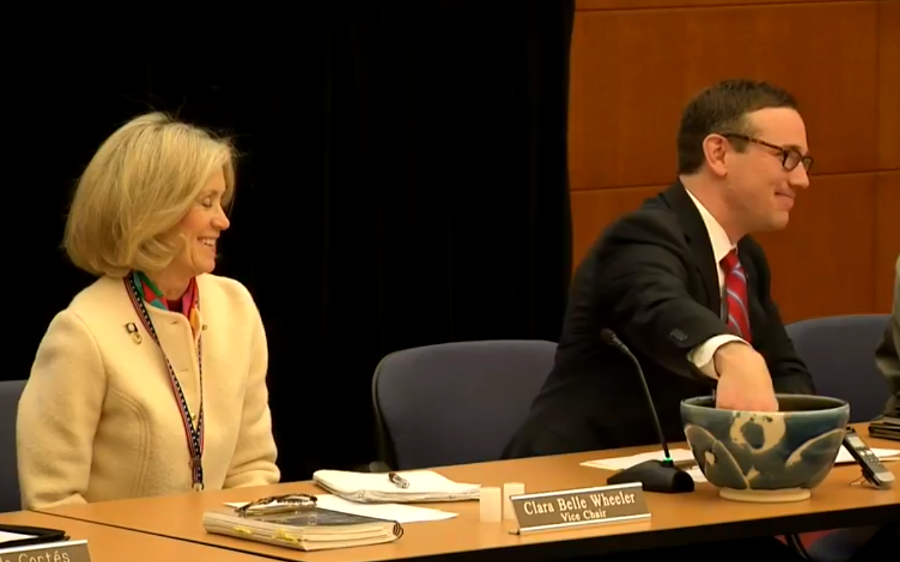
the chair of the Virginia State Board of Elections chose a film canister with the name of the 2017 winner of the 94th District election
Source: Virginia State Board of Elections, State Board of Elections Meeting to Determine Winner of 94th House Seat
Random selection of the film canister resulted in the Republican incumbent being chosen as the winner. The member of the House of Delegates from the 94th District, and partisan control of that half of the legislature for the 2018 session, was not decided until two months after the November 7, 2017 election.
Just 40 minutes before the 2018 General Assembly opened, the Democratic candidate conceded the race. After the film canister was opened and she lost, she had the option to petition for a recount and hope judges would consider more ballots, but chose not to extend the process further.6
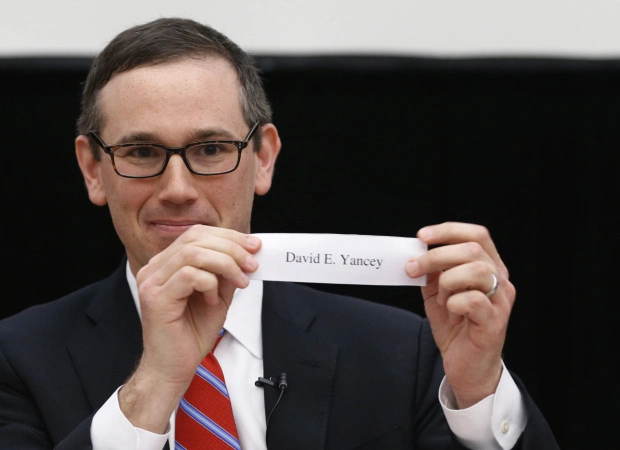
the Republican candidate was declared the winner of the 94th District of the House of Delegates in 2017, after selection of a film canister with his name
Source: Virginia Public Radio, Removing "Luck of the Draw" from Virginia's Elections
Six months later, the Virginia Department of Elections revealed an irregularity that might have affected the race. The Lee Hall precinct was a "split" precinct, with residents assigned to both the 93rd District and the 94th District of the House of Delegates. The state revealed, long after the election had been decided, that some residents in that particular precinct had been assigned to the wrong district.
In 2016, new streets had not been added to the map used by the Newport News registrar when it assigned seven apartment buildings to the 93rd District, apparently because the new buildings had addresses with Zip Code 23604. That is the dominant Zip Code for the 93rd District. Except for seven streets, all of the 94th District (where the tie vote occurred in 2017) uses Zip Code 23608.
In theory, Zip Codes are irrelevant to voting districts. In practice, local registrars who do not use Geographic Information System technology effectively may rely upon mailing addresses when assigning new residential buildings to a voting district. The seven apartment buildings assigned to the 93rd District instead of the 94th District were not on the edge of the two districts, so the mistake was not due to a error in reading maps.
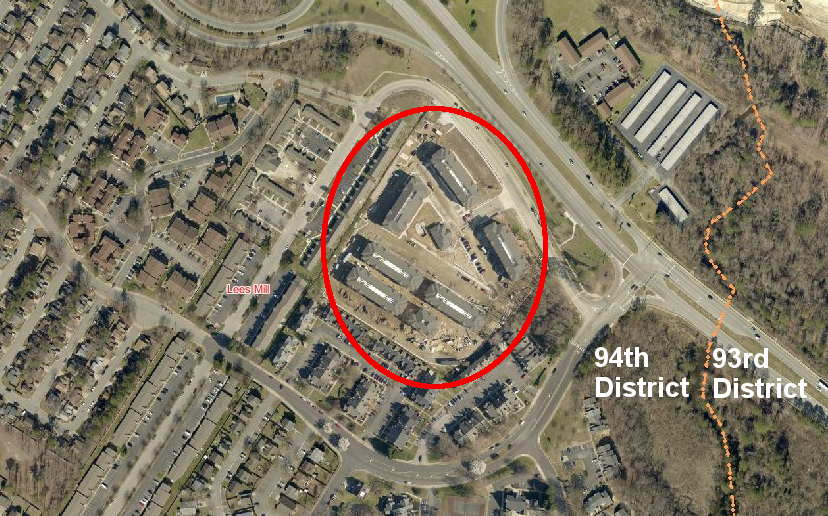
26 people in seven apartment buildings voted in the 93rd instead of the 94th District in 2019, due to an error by the local registrar
Source: Newport News, GIS Map Viewer
Demographically, residents in the seven apartment buildings are primarily African-American. The Washington Post examined records of voting in Democratic and Republican primaries, public data which can indicate the political leanings of individual voters. Of the 26 misassigned voters, 17 had voted exclusively in Democratic primaries, one had voted in a Republican primary, and eight had not voted in a primary.

the seven apartment buildings are not on the edge of the 94th District
Source: Virginia General Assembly, Who's My Legislator
That suggests the mistake cost the Democratic candidate enough votes to have won the election. After hearing the news, Shelly Simonds commented:7
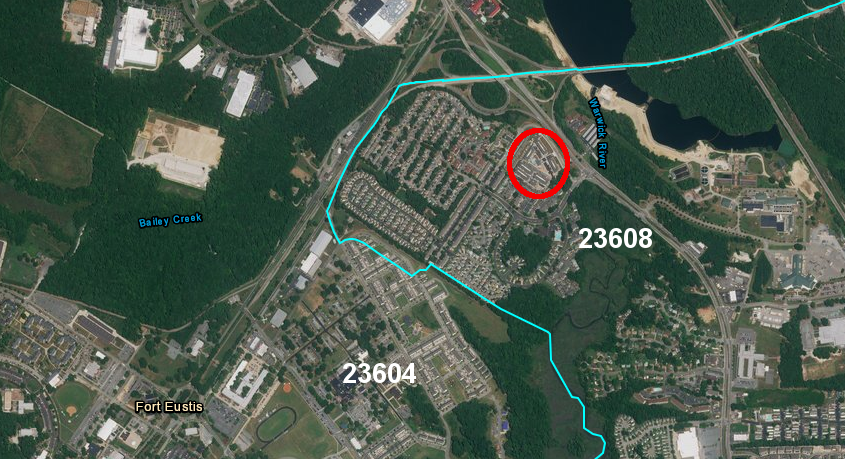
the seven apartment buildings are in Zip Code 23608, while most of the 94th House District is in Zip Code 23604
Source: ESRI, ArcGIS Online
The campaign for the 2019 race for the 94th District seat in the House of Delegates started as soon as the film canister was chosen, with Shelly Simonds again challenging Rep. David Yancey. However, the boundaries of the 94th District were altered in early 2019.
A Federal Court ruled in 2018 that 11 House of Delegates districts had been illegally gerrymandered after the 2010 Census. The race of the voters had been taken into consideration, creating districts that were 55% African-American to facilitate the election of minority-race candidates.
The Federal court ruled that such race-based redistricting violated the US Constitution. To rebalance the populations in the 11 districts, voters were moved in 15 other adjacent districts. In the process, the boundaries changed in the Lee Hall precinct, ending its status as a "split" precinct and allowing election officials to give the same ballot to all voters.
The revised boundaries of the 94th District altered the partisan tilt of the district substantially; it dropped from 48% to 41% Republican. One other shift affected the re-election chances of Rep. David Yancey. The new boundaries also placed the home of Shelly Simonds outside the district, moving her to the 95th District represented by fellow Democrat Cia Price.
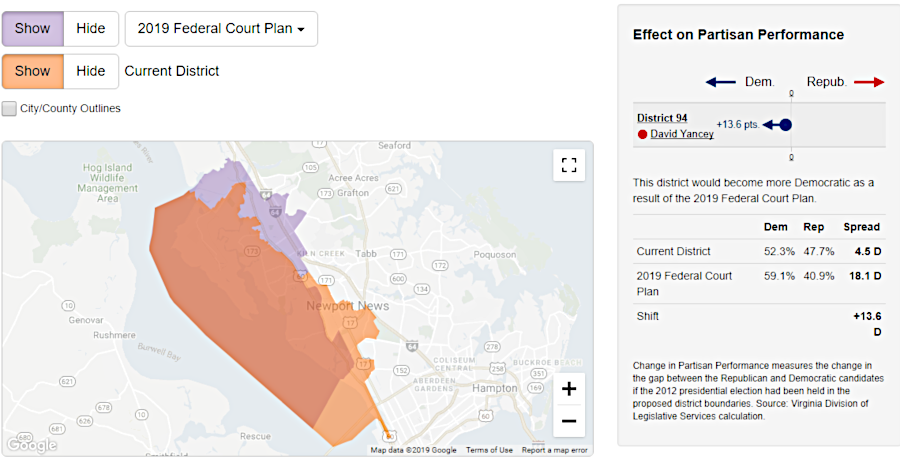
a 2019 redistricting moved the 2017 Democratic challenger and other voters out of the 94th District
Source: Virginia Public Access Project, House of Delegates District 94
Shelly Simonds then moved six miles to get back into the 94th District. She started paying rent to stay in her mother-in-law's house, in order to maintain her campaign for the House of Delegates seat that she lost by the closest margin possible in 2017. In 2019, she won the rematch and defeated her Republican opponent, winning 58% of the vote. In that election, an "off-off year" with no statewide races, only 39% of registered voters in the 94th District cast a ballot.8

Shelly Simonds, the Democrat who lost the tie vote in 2017, won a clear victory in the 2019 rematch partly because redistricting had altered the electorate in the 94th District
Source: Virginia Department of Elections, 2019 November General - Unofficial Results
The publicity over the tie vote for the 94th District seat in the House of Delegates obscured another election in 2017 that was decided by just one vote. The initial report for the Fancy Gap District seat on the Carroll County School Board had the incumbent winning reelection by three votes, 501 to 498. After the recount, the final tally was 500-499.9
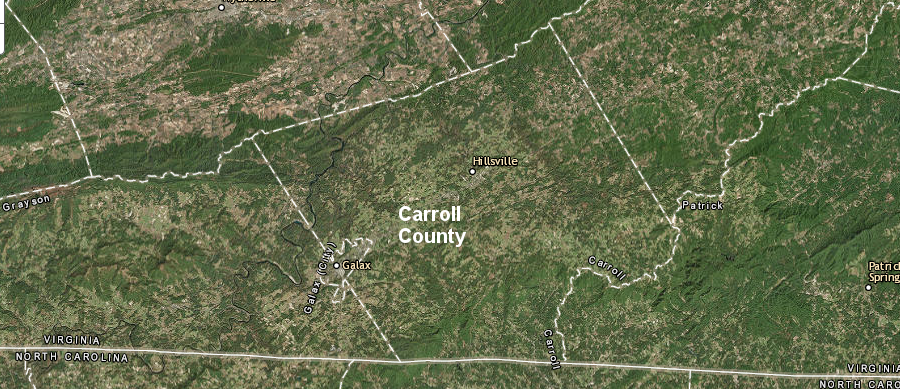
the 2017 election for the Fancy Gap District seat on the Carroll County School Board was decided by one vote
Source: ESRI, ArcGIS Online
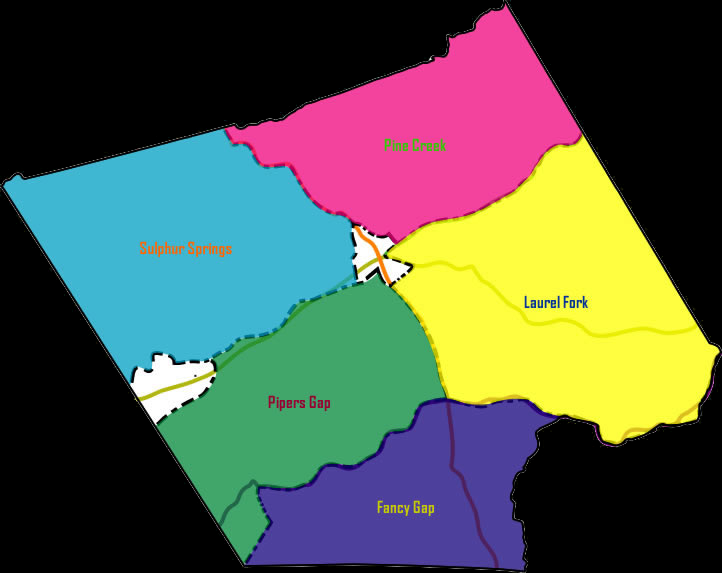
the Fancy Gap District election in 2017 ended in a 500-499 vote
Source: Carroll County School Board, School Board Members
There will be no film canisters pulled from ceramic bowls for Virginia's Governor, Lieutenant Governor or Attorney General. If an election for those offices ever ends in a tie vote after the inevitable recounts, a vote by the entire General Assembly will determine the winner. The tie-breaking process for those three offices was defined in the 1850 constitution, which went into effect in 1851.
There was no need for a decision process in case of a tie vote until the third state constitution was adopted. Between 1776-1851, Virginia voters did not vote directly for the Governor. Under the first two state constitutions, the members of the state legislature elected the leader of the state's executive branch, plus a Council of State to advise him. Under the 1851 state constitution, Virginians with the right to vote got to elect the Governor and Attorney General for the first time since colonists arrived in 1607.
The 1851 constitution eliminated the three-person Council of State. The office of the Lieutenant Governor was created, since there was no longer a Senior Councillor on the Council of State to replace a governor who died, resigned, or was impeached while in office. The Lieutenant Governor was empowered to preside over the State Senate, but had no vote between 1851-1870. The Lieutenant Governor gained the authority to break a tie vote in the State Senate in the 1870 state constitution.10

the 1850 constitution defined the process for a vote of the entire General Assembly to select the governor in case of a tie vote
Source: For Virginians: Government Matters, Constitution of 1851

the 1864 constitution adopted by the Restored Government of Virginia, and later constitutions, have perpetuated the process for selecting the governor in case of a tie vote
Source: For Virginians: Government Matters, Constitution of 1864

in case of a tie vote for governor, the current constitution continues the selection process established in 1950
Source: For Virginians: Government Matters, Constitution of 1971
Prior to the 2017 election, the last time a recount flipped the results of a race was in 1991, when recounts changed the winners of two House of Delegates races.
One race involved a House of Delegates race in Fairfax County for the 53rd District. The initial vote count had Jim Scott losing to David G. Sanders by 17 votes. Del. Scott became known as "Landslide Jim" because he ended up after the recount as the winner by one vote. He went on to be re-elected 10 times, until retiring in 2013.11

"Landslide Jim" Scott won the 1991 race for the 53rd District of the House of Delegates by one vote, after the recount
Source: Virginia State Board of Elections, Official Election Results 1991
The other 1991 race involved the 58th District around Charlottesville. The Democratic candidate was declared the winner on election night by one vote, 8,554 to 8,553. The recount determined that Greene County officials had confused a "9" with a "0." The Republican, Peter T. Way, went on to serve two terms in the House of Delegates before retiring in 1997.12

a recount changed the winner of the 1991 race in the 58th District of the House of Delegates
Source: Virginia State Board of Elections, Official Election Results 1991
The mechanism for breaking a tie has changed since the 1971 race for the 19th District seat in the House of Delegates. At the time, Virginia had multi-member districts; the 100 members in the House of Delegates were elected from a total of just 49 separate districts. Six people were elected from District 19, and after the initial tally Republican William H. Moss was in seventh place behind Democrat Jim Burch.
Moss demanded a recount. Election officials discarded one write-in ballot they labelled as "defaced" and ultimately certified that each candidate had received 16,410 votes.13
The voter who had cast the ballot was an 18-year old student at Colgate University, Stephen Burns. He figured out that the defaced ballot discarded in the recount was his, and contacted the Washington Post.
The newspaper revisited the experience with Stephen Burns in 2017, after the Newport News election results were affected by judges who chose to count rather than exclude a "defaced" ballot:14
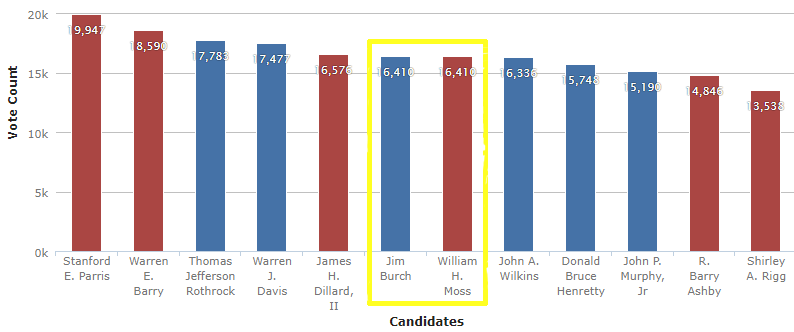
in 1971, there was a tie vote for the sixth person to be elected from the 19th District on the House of Delegates
Source: Virginia State Board of Elections, 1971 House of Delegates General Election - District 19
The election had been held on November 2, 1971, and it took almost two months to choose the winner. On December 29, the State Board of Elections placed the names of the two candidates into a large silver cup. The cup had once been part of the silver service on the USS Virginia, a battleship built at Newport News in 1906 and decommissioned after World War I.

a large cup from the former USS Virginia was pulled from the silver collection at the Executive Mansion in 1971 and used to break a tie vote
Source: Naval History and Heritage Command, NH 105770 USS Virginia
A blindfold covered the eyes of the chair of the State Board of Elections, who reached into the cup and selected the name of the winner. The winner of the race, selected at random, agreed with the loser's comment:15

the 1971 tie vote in the race for the House of Delegates 19th District earned an asterisk in the official records
Source: Virginia State Board of Elections, Official Election Results, 1971 (p.29)
In 2014, there was an 89-89 tie for the Sulphur Springs District seat on the Hillsville town council. The Carroll County Electoral Board placed names of each candidate in an envelope, shuffled them, and selected the winner. The challenger (who had previously served as mayor) replaced the incumbent, who noted afterwards:16
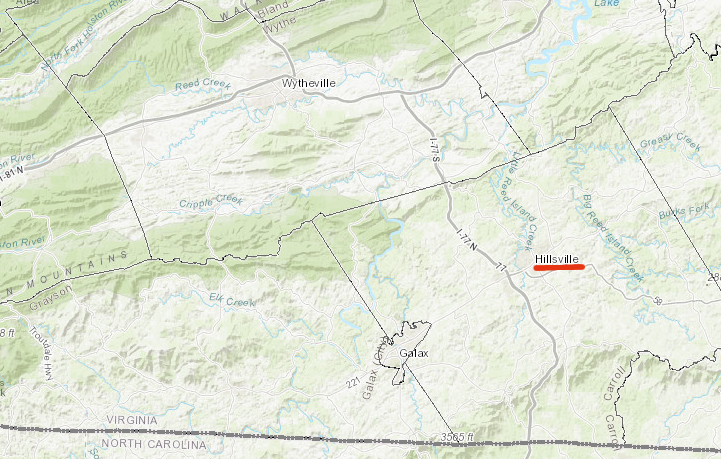
the 2014 election for the Sulphur Springs District seat on the Hillsville town council ended in an 89-89 tie
Source: ESRI, ArcGIS Online
The City of Williamsburg has chosen a unique way to select a winner "by lot" that reflects the colonial heritage of that city. In case of a tie, an election official selects names at random from a tri-cornered hat. The draw-from-the-hat process was used in a 1986 race for City Council that ended in a tie.
In 2007, no one filed to be on the ballot for a seat on the Colonial Soil and Water Conservation District Board. Two William and Mary College students ended up with three write-in votes. (There were more write-in votes for Stephen Colbert, a late-night television personality, but he was not a resident so he was not eligible to serve.) Once again, the tri-cornered hat was used for selection of a winner at random.17
In 2018, an election was decided by one vote - and requests for a recount to confirm the numbers were rejected.
In the November 6, 2018 election, the member of the House of Delegates for the 24th District was elected to the US Congress. To fill his vacant seat, the Republican Party's 24th District Legislative Committee held a "firehouse primary" to select a nominee for the special election on December 18.
In the firehouse primary, voters gathered at eight locations within the district. The winner received 1,068 votes, and the second-place candidate received 1,067 votes. Despite the narrowness of the decision, the 24th District Legislative Committee declined the request of the second-place candidate to recount the ballots. The Roanoke Times reported:18
In 2020, there was a tie vote for the Scottsburg Town Council in Halifax County. Six candidates ran for five seats. For the fifth seat, there were 12 votes for one of the candidates and 12 votes for a write-in candidate. The write-in candidate had not sought election and made clear he was not interested in serving, but state law required selection of a winner "by lot in case of tie."
Local election officials were familiar with the procedures to follow. In 2013 a Halifax County school board election had ended in a tie, which was broken by pulling the winner's name from a ballot box. In 2020, the chair of the Halifax County Electoral Board put the two names into a hat instead of a ballot box, and "by lot" pulled out the name of the candidate who had campaigned. Had the name of the write-in candidate been pulled, he was expected to decline the office. In that case, a special election would have been required to fill the vacant seat.19

a 2020 Scottsburg Town Council seat was decided by pulling the winner's name out of a hat
Source: The Gazette-Virginian, Name from hat decides election in Scottsburg (June 1, 2020)
In the state legislature, both the House of Delegates (with 100 members) and the State Senate (with 40 members) could have tie votes. In tie vote in the House of Delegates equals a rejection of the proposal; the bill fails to advance for further action.
In the State Senate, the same rule applies for votes in subcommittees and committees. However, if a vote in the entire State Senate ends in a tie, the presiding officer (the Lieutenant Governor) is authorized to vote. In 2021, for example, the Lieutenant Governor broke a tie and a bill passed to legalize recreational use of marijuana.
Partisan divisions usually ensure one political party or the other controls a vote, but the State Senate has had 20 members of each party after the 1995, 2011, and 2013 elections.
In 1995, the Lieutenant Governor was a Democrat, Don Beyer. His vote gave the Democratic Party the ability to control the Rules Committee and leadership positions. The two parties created a power-sharing agreement that lasted until a Democrat resigned to take an executive branch post in 1997, after election of a Republican governor. In the special election for the vacant State Senate seat, a Republican was elected to replace the Democrat. The partisan split in the State Senate became 21 Republicans - 19 Democrats, and the need for a tie-breaking vote by the Lieutenant Governor was reduced.20
In elections run by the political parties for their officers, the rules are different. Typically, a vote which ends in a tie during a caucus will be followed immediately by another vote, until the tie is broken.
In 2019 the caucus of the Henrico County Democratic Party ended up with a tie vote for one of the nine executive committee positions. After a recount the next day, a winner was announced - but the ballot box had not been sealed overnight. A appeals group, composed of members of the 4th and 7th Congressional District Democratic Committees, invalidated that decision and required a new election.21
The 2020 General Assembly changed the procedures for determining winners of elections for US Senate, US House of Representatives, General Assembly, and local offices. If initial vote totals ended in a tie, then a recount will be done. If the recount finishes with a tie vote, then the three-judge panel overseeing the recount process (the "recount court") will issue a writ ordering a new election. Voters will get a second chance to determine who will represent them, rather than have random chance make the decision. However, if the second election also ends in a tie, then the winner will be "determined by lot."22
The requirement for a new election, if a recount ends in a tie, will not apply in an election for Governor, Lieutenant Governor, or Attorney General, or for elector of President and Vice President of the United States.
If a race for Governor, Lieutenant Governor, or Attorney General ends in a tie after a recount, the procedure established in the 1851 state constitution would apply and a vote by the entire General Assembly would determine the winner. In the case of a tie for President and Vice President, the winner would be "determined by lot" rather than a new election. The exact process, using a film canister in a bowl or a name in a bag, is not specified by state law.
The November 3, 2020 election for Town Council in Urbanna ended in a tie for the sixth seat. Two candidates both received 131 votes. Despite the new law calling for a new election, the tie was broken in the Middlesex County Courthouse in Saluda; the Middlesex County Electoral Board chair pulled the winner's name from a bag.
In 2022, a tie vote for a town council seat in Irvington was resolved by using two ping-pong balls.23
In 2020, the race for mayor of the town of Pound in Wide County ended with two people each getting 60 votes. The winner was chosen by the Wise County Electoral Board picking a name from a hat.
In 2021, the authority of that mayor to break a tie vote became the basis for a lawsuit in the Town of Pound. After a member of Town Council resigned, the four remaining council members split 2-2 on naming a replacement. The mayor broke the tie, and the new member became part of a 3-2 majority that fired the town attorney.
The lawsuit claimed that the mayor was not a member of Town Council and therefore not authorized to vote, and that all votes by the new member of council should be voided. The final conclusion was that the mayor was allowed to vote, but only to break a tie.
Winning the drawing to become mayor of Pound was a mixed blessing. The town government was so dysfunctional that the General Assembly proposed to revoke the town charter, and the mayor resigned eight months early in 2022. The vice-mayor, a member of city council who became acting mayor, declared that she retained the right to vote on all issues and would not be limited to voting only to break a tie.24
In a similar case, the Virginia Attorney General ruled in 2021 that the mayor of Urbanna was entitled to vote. The citizens voted for the six members of Town Council and for a mayor, and the town's charter could be interpreted to say the mayor was not part of the Town Council. The Attorney General issued an opinion that the Urbanna mayor was entitled to vote just like other Town Council members, but the charters of other towns/cities could allow the mayor to vote only when needed to break a tie. The Urbanna charter provisions were not clear enough to override general law in Section 15.2- 1423 of the Code of Virginia:25
The concept that a candidate should fight for every vote, and use all legal avenues to win in case of a tie, is entrenched in modern elections. That was not the case in 1840, when Virginia's Whig Party convened to nominate its preferred candidates for President and Vice-President of the United States. William Henry Harrison was endorsed for President, but the state convention initially had a tie vote for a "favorite son" candidate from Virginia for Vice-President. John Tyler from Charles City County and John Janney from Loudoun County were favored evenly:26
The tradition in the Town of Clinchport is that no one is nominated for the Town Council; all votes are write-ins. In 2024, there was a three-way tie for the fifth seat on Town Council, with each of the three candidates receiving two votes among the 44 write-in ballots. The winner was chosen by lot. Three names were placed inside plastic Easter eggs and the Deputy Registrar drew one from a basket. The name inside the chosen egg was declared the winner.
The Scott County registrar said:27
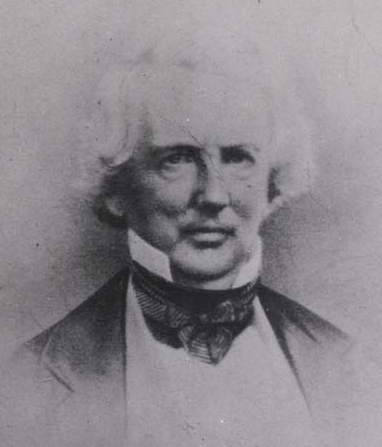
because John Janney voted for John Tyler to break a tie during a political convention, Tyler rather than Janney became the 10th President of the United States
Source: Prints Collection, Special Collections Department, University of Virginia, John Janney (via Wikipedia)

the 2017 election in the 94th District for the House of Delegates finished in an 11,608-11,608 tie vote
Source: Division of Legislative Services, Current District Maps